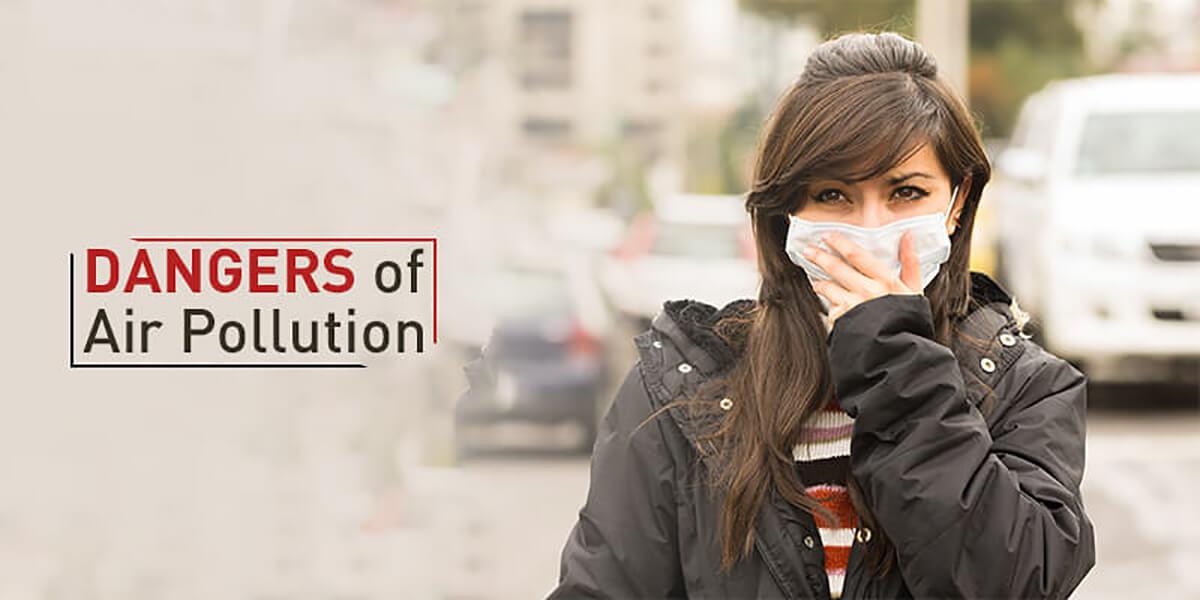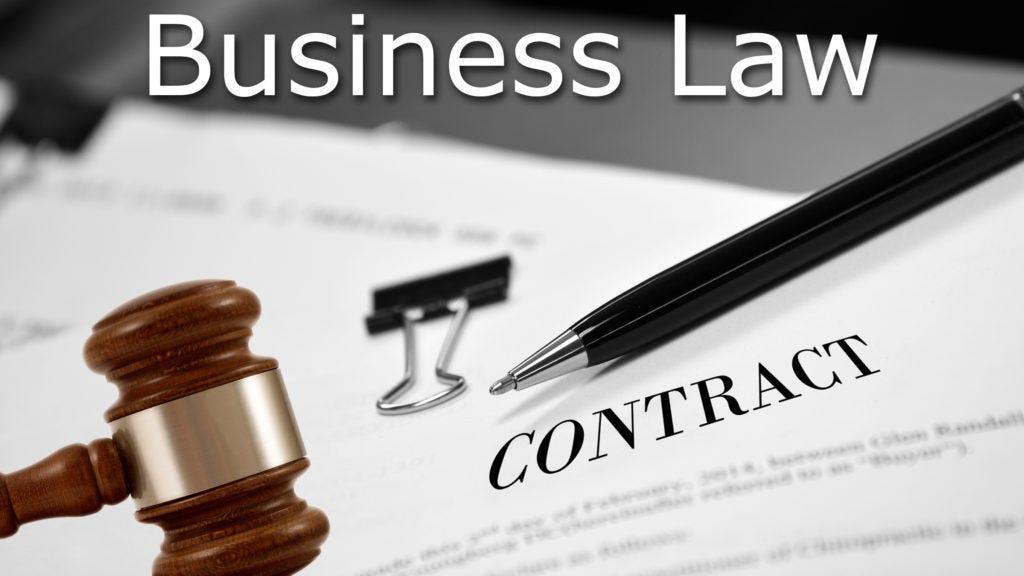
Air pollution is very hazardous for both the overall population and the climate. This is one reason why the Clean Air Act of 1970 was set up, in any case, to help improve general public health while at the same time decreasing the effect people have on the characteristics world.
Although the air pollution levels have significantly diminished in the course of the most recent 45 years, airborne pollution is still a significant issue. Industrial facilities need to maintain guidelines set by the Environmental Protection Agency (EPA) regarding pollution outflows and their reduction mechanisms. Cheap ebook writing service added some good points in the article to help understand the current and future challenges of Air Pollution.
In the broad sense, air pollution is characterized as the overview of toxic or, in any case, unsafe substances in the air. These substances can go from harmful compounds to biological amalgams, yet they all represent a threat to human health and the climate somehow.
As you can visualize, air pollution decreases primarily air quality, which may have natural, antagonistic effects on both peoples and wildlife. High air pollution focuses on eye inflammation, heart illness, respiratory problems, skin rashes, and even unexpected death in people. Animals can show comparable indications with more severe signs, particularly if one of their food sources is straightforwardly polluted.
Other than human activities, air pollution is likewise brought about by characteristic events. Organic decay and volcanoes discharge regular sulfur dioxides (SO2) and nitrogen oxides (NO), influencing air quality adversely. The greater part of the ozone around the ground level is formed when compound reactions happen in the daylight, but at the same time, there's around 10 to 15 percent shipped from the stratosphere. Other normal reasons for air pollution are regular sources of particulate issues like volcanoes and residue storms, unstable natural compounds, dust, timberland fires, seas, and wood fires.
Current Challenges of Air Pollution
Regardless of whether organizations like the Environmental Protection Agency (EPA) are attempting to diminish air pollution, we need to distinguish all significant sources of air pollution to recognize an operational solution. Extraordinary toxins like volatile organic compounds (VOCs) and other dangerous air poisons come from industrialized facilities.
Local and global consultants need to execute and implement stricter Hazardous Air Pollution (HAP) and Volatile Organic Compound (VOC) decrease principles to reduce air pollution from industrial settings. Moreover, the four significant air pollution decrease challenges that the Environmental Protection Agency has recognized are:
1. Accomplishing High Health Standards for Communal Air Pollutants
Although that air quality is extensively better than before, there are still regions in the world that have undesirable pollution levels. The areas that experience the ill effects of over-the-top polluting should be focused on accomplishing high-health norms and concerning common air pollutants.
2. Restricting the Effect on Global Environment
There is no denying the impact that air pollution has on the climate and our environment. The steady consumption of non-renewable energy sources and the persistent emission of different pollutants has caused a higher number of outrageous climate events just as rise the planet's general temperature.
Volatile organic compounds reduction system producers need to have their impact and ensure the machine created is as effective as possible conceivably be while working routinely to carrying out innovation.
3. Diminishing Risks Accompanying with Air Pollutants
Undeniable levels of air pollution can cause an enormous cluster of unexpected issues. Moreover, new air pollutants are found routinely, so creating an effective decrease system that can be upgraded later on may help improve the present and future health conditions.
4. Safeguarding the Ozone Layer
The ozone layer defenses us from the sun's harsh ultraviolet beams, so we should ensure the ozone layer. Sadly, some air pollutions annihilate the ozone quicker than they can recover through their natural cycle. Air pollution decreases systems and needs to deal with the toxins that damage the ozone layer to make a better world for every living being.
Future Challenges of Air Pollution
The future challenges of air pollution levels are questionable. Even though there is a certain consciousness of the issue by all accounts, numerous organizations neglect to focus on or even location air pollution created by their services. This, yet also other future air pollution decrease challenges include:
1. Growing Number of Industrial Facilities
Humans are increasing rapidly, which likewise implies more industrialized facilities. Specialists need to find out better guideline procedures or more effective decrease mechanisms that diminish their effect on the climate.
2. Slight to zero Mitigation Systems
The most significant issue with air pollution is that it gives no indications of easing slow down. Simultaneously, it has assessed lone a minor level of industrial services throughout the world has an appropriate air pollution reduction system, which will keep on decreasing air quality to an ever-increasing extent.
3. Responsibility
Many organizations neglect to follow harmless to the ecosystem practices because they realize they can pull it off. Administering bodies need to step in and ensure that all parties regarding the guidelines gone ahead by the set-up organizations should be considered responsible for their activities.
Air Pollution Avoidance
There are approaches to prevent, control, and, in the end, decrease air pollution:
1. Renewable fuel and unpolluted energy-producing: Air pollution's essential answer is to change away from petroleum products, switching them by substitute energy sources like wind, sunlight-based, and geothermal energy.
2. Energy preservation and productivity: Producing clean energy is essential. However, likewise significant is to reduce our use of energy by receiving reliable habits and using more productive gadgets.
3. Economic-friendly conveyance: Moving to electric automobiles and hydrogen automobiles and encouraging common flexibility (i.e., car-pooling and public automobiles) might diminish air pollution.
4. Greenish construction: Commencing development to devastation, green construction plans to make naturally dependable and resource proficient designs to diminish their carbon impression.
Also read about:
Top 9 Types Of Corporate Events And Their Goals
What are the Things to do in Machu Picchu
Cleaning is a must for Setting up your Home After Building










More Stories
Tips to Make 2021 Healthiest Year
HOW TO WEAR COLOURED DRESS SHOES
7 Simple Accounting Assignment Tips To Make Strong Impact.
Learning all about blown in insulation
Top 7 Zero Cost Marketing Tips for Ecommerce to Achieve Great Results
How to Protect Your Website in Google Core Algorithm